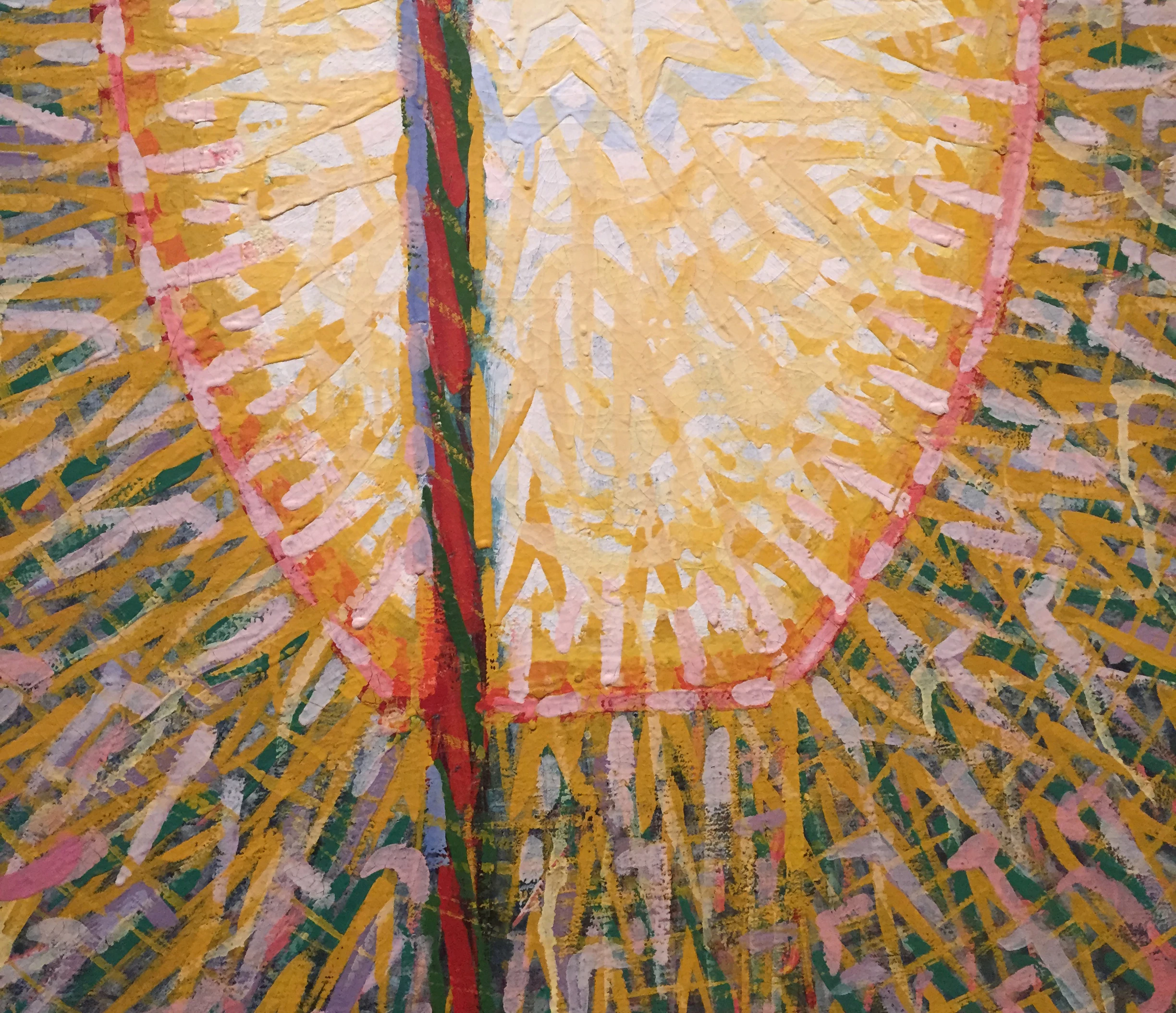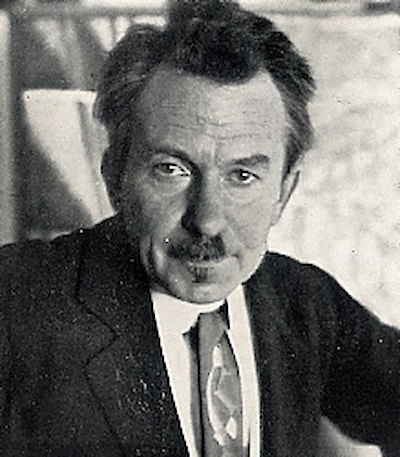

Giacomo Balla
Moving objects multiply themselves
1871 – 1958With the Technical Manifesto of Futurist Painting and the preface to the catalogue of the Futurist Exhibition in Paris (signed by Boccioni, Carrà, Russolo, Balla, Severini), with the Manifesto of Futurist Sculpture (signed by Boccioni), the Manifesto of the Painting of Sounds, Noises and Smells (signed by Carrà), with the volume Futurist Painting and Sculpture by Boccioni and Carrà’s Warpainting, pictorial Futurism has succeeded in the course of six years in progressing beyond Impressionism and in solidifying it, proposing plastic dynamism and the molding of the atmosphere, interpenetration of planes and states of mind. The lyrical appreciation of the universe, by means of Marinetti’s words-in-freedom and Russolo’s Art of Noises, combines with plastic dynamism to provide a dynamic, simultaneous, plastic and noise-ist expression of the universal vibration.
We Futurists, Balla and Depero, seek to realize this total fusion in order to reconstruct the universe making it more joyful, in other words by a complete re-creation.
We will give skeleton and flesh to the invisible, the impalpable, the imponderable and the imperceptible. We will find abstract equivalents for every form and element in the universe, and then we will combine them according to the caprice of our inspiration, creating plastic complexes which we will set in motion.
Balla initially studied the speed of automobiles, thus discovering the laws and essential line-forces of speed. After more than twenty exploratory paintings, he understood that the flat plane of the canvas prevented him from reproducing the dynamic volume of speed in depth. Balla felt the need to construct, with strands of wire, cardboard sheets, fabrics, tissue paper, etc., the first dynamic plastic complex.
The free-wordist Marinetti, when we showed him our first plastic complexes, said enthusiastically: “Before us, art consisted of memory, anguished re-evocation of a lost Object (happiness, love, landscape), and therefore nostalgia, immobility, pain, distance. With Futurism art has become action-art, that is, energy of will, optimism, aggression, possession, penetration, joy, brutal reality in art. (e.g. onomatopoeia; e.g. intonarumori = motors), geometric splendor of forces, forward projection. Art becomes Presence, a new Object, the new reality created with the abstract elements of the universe. The hands of the traditionalist artist ached for the lost Object; our hands longed for a new object to create. That is why the new object (plastic complex) appears miraculously in yours.”
Colored strands of wire, cotton, wool, silk, of every thickness. Colored glass, tissue paper, celluloid, wire netting, every sort of transparent and bright material. Fabrics, mirrors, sheets of metal, colored tin-foil, every sort of gaudy material. Mechanical and electrical devices; musical and noise-making elements, chemically luminous liquids of variable colors; springs, levers, tubes, etc. With these means we will construct:
Using complex, constructive, noise-producing abstraction, in short, the Futurist style. Every action developed in space, every emotion felt, will represent for us a possible discovery.
Examples: Watching an aeroplane swiftly climbing while a band played in the square, we had the idea of plastic-motor-noise music in space and the launching of aerial concerts above the city. The need to keep changing our environment, together with sport, led us to the idea of transformable clothes (mechanical trimmings, surprises, tricks, disappearance of individuals). The simultaneity of speed and noises inspired the rotoplastic noise fountain. Tearing up a book and throwing it down into a courtyard resulted in phono-moto-plastic advertisement and pyrotechnic-plastic-abstract contests. A spring garden blown by the wind led to the concept of the Magical transformable motor-noise flower. — Clouds flying in a storm suggested buildings in noise-ist transformable style.
In games and toys, as in all traditionalist manifestations, there is nothing but grotesque imitation, timidity (little trains, prams, puppets), immobile objects, stupid caricatures of domestic objects, antigymnastic and monotonous, which can only cretinize and depress a child. With plastic complexes we will construct toys which will accustom the child:
The Futurist toy will be very useful to adults too, keeping them young, agile, jubilant, spontaneous, ready for anything, untiring, instinctive and intuitive.
By developing the first synthesis of the speed of an automobile, Balla created the first plastic ensemble. This revealed an abstract landscape composed of cones, pyramids, polyhedrons, and the spiral of mountains, rivers, lights and shadows. Evidently a profound analogy exists between the essential line-forces of speed and the essential line-forces of a landscape. We have reached the deepest essence of the universe and have mastered the elements. We shall thus be able to construct.
Fusion of art + science. Chemistry, physics, continuous and unexpected pyrotechnics all incorporated into a new creature, a creature that will speak, shout and dance automatically. We Futurists, Balla and Depero, will construct millions of metallic animals for the greatest war (conflagration of all the creative energies of Europe, Asia, Africa and America, which will undoubtedly follow the current marvelous little human conflagration).
The inventions contained in this manifesto are absolute creations, generated entirely by Italian Futurism. No artist in France, Russia, England or Germany anticipated us by inventing anything similar or analogous. Only the Italian genius, which is the most constructive and architectural, could invent the abstract plastic ensemble. With this Futurism has determined its style, which will inevitably dominate the sensibility of many centuries to come.